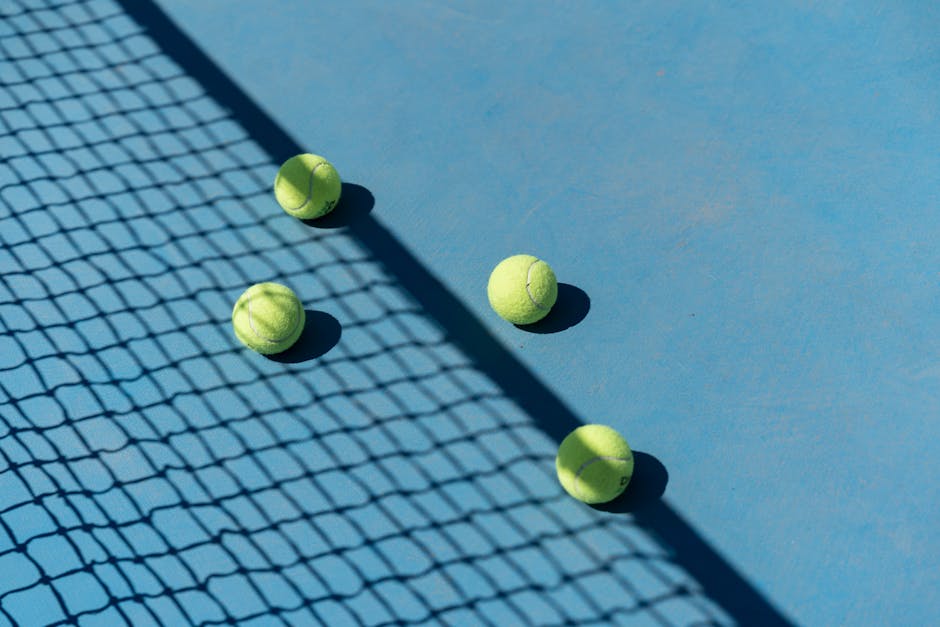Overview of Padel Court Accessibility Standards
Overview of Padel Court Accessibility Standards
Blog Article

Accessibility in sports is a fundamental aspect that ensures everyone, regardless of their physical abilities, has the opportunity to participate and enjoy recreational activities. Padel, a rapidly growing racquet sport, offers a fantastic way for people to engage in physical exercise and social interaction. However, for individuals with disabilities or mobility issues, the accessibility of padel courts plays a crucial role in their ability to enjoy the sport. This article will explore the standards surrounding padel court accessibility, essential design features that enhance access, and real-life examples of accessible padel facilities that demonstrate the positive impact of these considerations.
Overview of Padel Court Accessibility Standards
Establishing accessibility standards for sports facilities is essential to promote inclusivity. Various organizations and governing bodies advocate for the integration of individuals with disabilities into sports. While specific guidelines may vary by region, the primary objective remains the same: to create environments where everyone can participate fully. In the context of padel, these standards often draw from broader accessibility regulations, such as those laid out in the Americans with Disabilities Act (ADA) or similar legislation in other countries.
These regulations typically address aspects such as the layout of the courts, the surrounding areas, and the amenities provided. Compliance with these standards not only ensures legal adherence but also fosters an inclusive atmosphere where players of all abilities can enjoy the game. Stakeholders involved in the establishment of new padel facilities should prioritize these accessibility standards to create welcoming environments for all users.
Design Features for Accessible Padel Courts
Designing accessible padel courts involves careful planning and implementation of key features that facilitate ease of use for individuals with disabilities. Some of the critical elements include:
Wheelchair Ramps
One of the most significant barriers to accessibility is the presence of steps or uneven surfaces. Incorporating wheelchair ramps into the design of padel courts is essential for allowing individuals with mobility impairments to access the playing area comfortably. These ramps should be built to specific gradients to ensure safety and ease of use.
Surface Materials
The choice of surface materials can greatly impact the accessibility of padel courts. A smooth, non-slip surface is crucial for players using wheelchairs or other mobility aids. Additionally, the surface should be forgiving enough to minimize the risk of injury while still providing optimal playing conditions. Proper drainage is also important to ensure that the court remains playable in various weather conditions.
Signage and Navigation
Clear signage is vital in helping all players navigate the facility. This includes directional signs that lead to accessible entrances, restrooms, and other amenities. Braille signage can also be beneficial for visually impaired individuals, ensuring that everyone can find their way around the court area without assistance.
Real-Life Examples of Accessible Padel Facilities
Several padel facilities around the world have implemented exemplary accessibility features, setting a standard for others to follow. For instance, some clubs have integrated wheelchair-accessible viewing areas, allowing friends and family of players with disabilities to support them comfortably. These facilities often receive positive feedback from users, highlighting how accessible features have transformed their experience.
Testimonials from individuals with disabilities can shed light on the impact of these features. Many express gratitude for the opportunity to engage in padel without the barriers they face in other sports. This feedback not only underscores the importance of accessibility but also encourages further development of inclusive facilities.
For those looking to explore more about padel court accessibility and the various features that enhance inclusivity, resources are available that offer detailed insights and examples of well-designed courts. A website such as Mondo Padel provides a wealth of information on the standards and innovations in padel court design.
In conclusion, ensuring padel court accessibility is a vital step toward inclusivity in sports. By adhering to established standards and incorporating thoughtful design features, facilities can create welcoming environments for all individuals, regardless of their abilities. The positive experiences shared by users of accessible padel courts serve as a powerful reminder of the importance of these initiatives in promoting social interaction, physical fitness, and enjoyment of the game.
Report this page